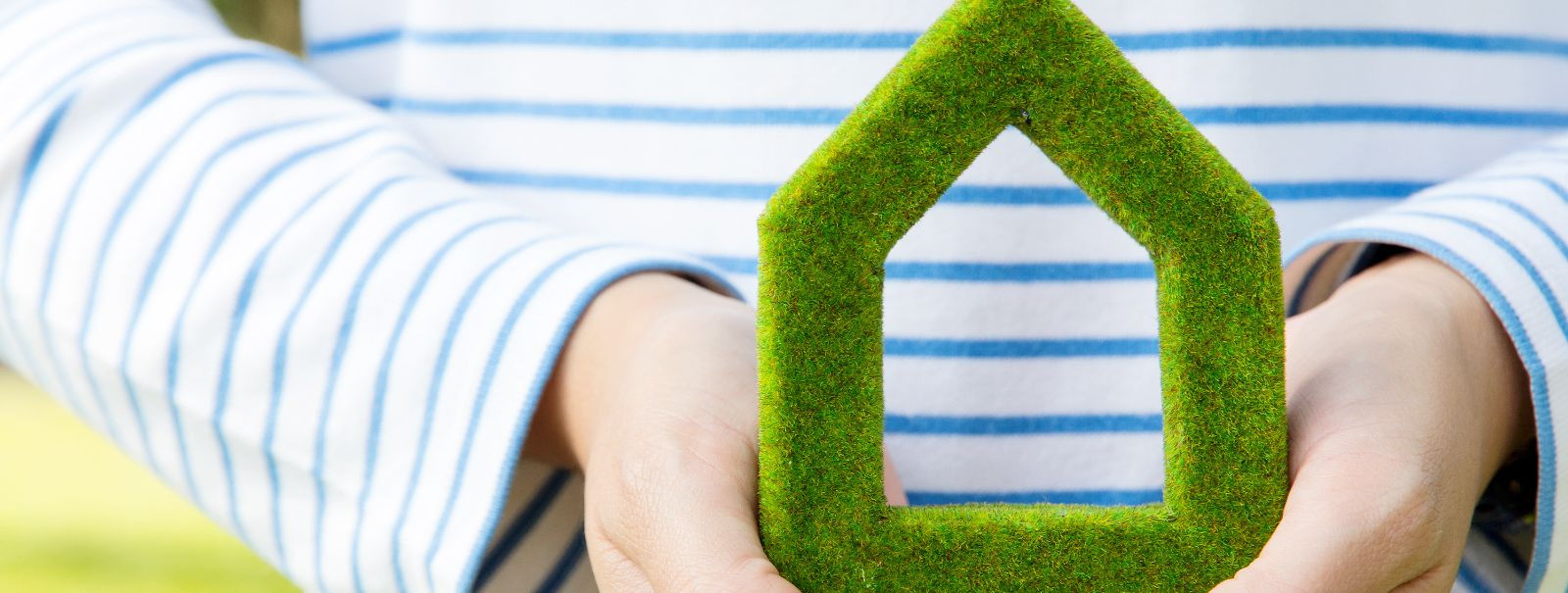How to design your dream green home
Designing a green home is an exciting journey towards creating a living space that is not only comfortable and stylish but also environmentally responsible. A green home minimizes its impact on the environment through energy efficiency, sustainable materials, and innovative design. This guide will walk you through the essential steps to design your dream green home.
2. Understanding the Principles of Sustainable Architecture
Energy efficiency is a cornerstone of green home design. It involves reducing energy consumption through smart design choices and the use of energy-efficient appliances. Consider incorporating passive solar design, which utilizes the sun's energy for heating and cooling, and invest in high-performance insulation and windows to maintain a comfortable indoor climate.
Water conservation is crucial in sustainable architecture. Implementing rainwater harvesting systems, low-flow fixtures, and drought-resistant landscaping can significantly reduce water usage. These measures not only conserve water but also lower utility bills.
Choosing sustainable materials is vital for reducing the environmental impact of your home. Opt for materials that are renewable, recycled, or have a low environmental footprint. Bamboo flooring, recycled steel, and reclaimed wood are excellent choices for a green home.
3. Planning Your Green Home
The location and orientation of your home play a significant role in its sustainability. Choose a site that maximizes natural light and ventilation, and consider the local climate and topography. Proper orientation can enhance energy efficiency by taking advantage of natural heating and cooling.
Design your home to maximize natural light and ventilation. Large windows, skylights, and open floor plans can reduce the need for artificial lighting and improve air quality. Consider using light-colored surfaces to reflect light and enhance brightness.
4. Choosing Eco-Friendly Materials and Technologies
Invest in high-quality insulation and energy-efficient windows to minimize heat loss and gain. Double or triple-glazed windows with low-emissivity coatings can significantly improve thermal performance.
Incorporate renewable energy systems such as solar panels or wind turbines to generate clean energy. These systems can reduce your reliance on fossil fuels and lower your carbon footprint.
Install water-saving fixtures like low-flow toilets, faucets, and showerheads to conserve water. These fixtures are designed to maintain performance while using less water.
5. Incorporating Smart Home Technology
Smart home technology can enhance the efficiency and convenience of your green home. Use smart thermostats, lighting systems, and appliances to monitor and control energy usage remotely. These technologies can help you optimize energy consumption and reduce waste.
6. Landscaping for Sustainability
Sustainable landscaping involves using native plants, reducing lawn areas, and implementing efficient irrigation systems. Native plants require less water and maintenance, while efficient irrigation systems minimize water waste.
7. Budgeting and Financing Your Green Home
Building a green home can be a significant investment, but it often results in long-term savings. Explore financing options such as green mortgages or government incentives for energy-efficient homes. Budgeting for sustainable features can ensure that your dream green home is both affordable and environmentally friendly.






Comments (0)